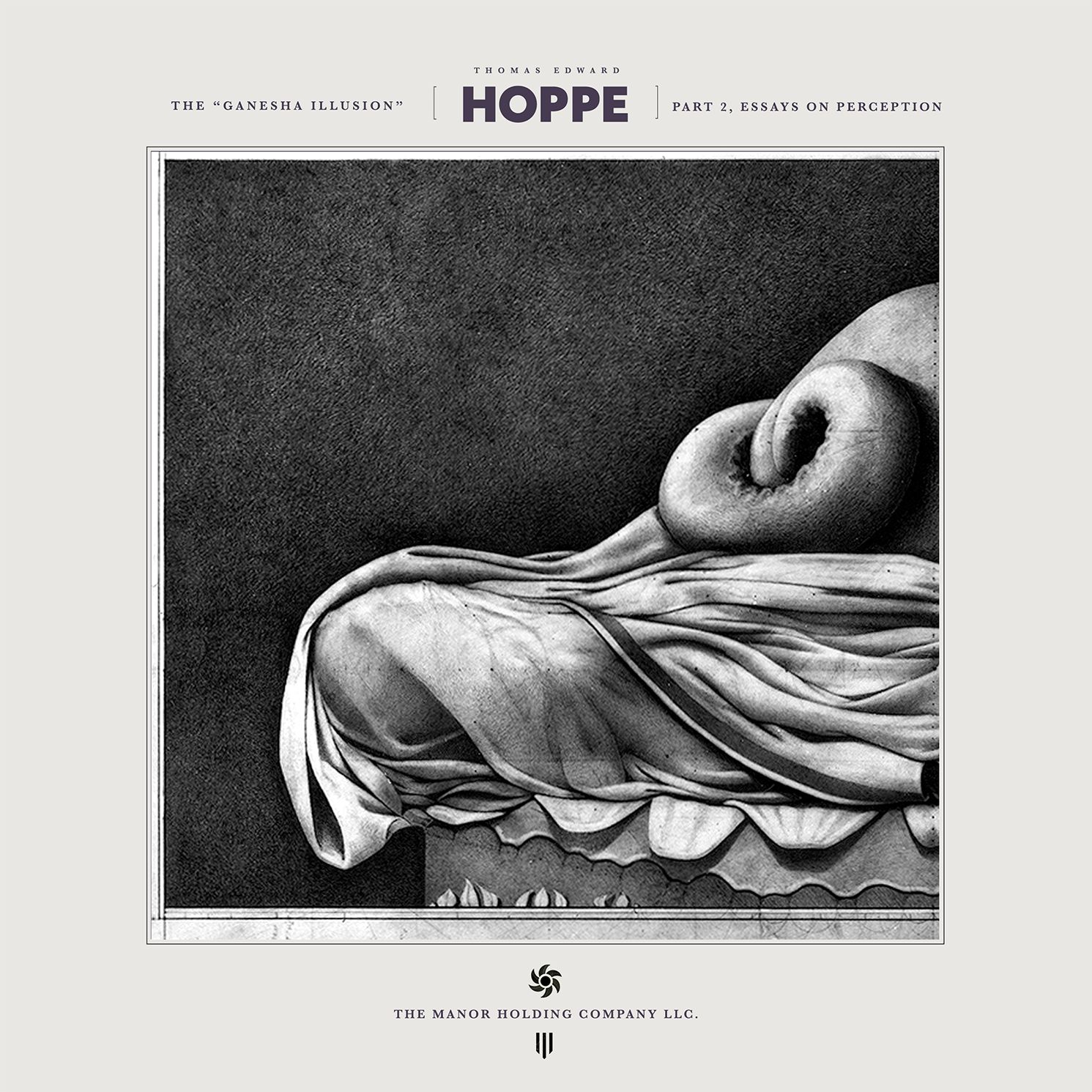The Neuroscience of Perception - The Prophets, and the Seer’s
How is it that people see, and describe with conviction, that this drawing is of a bee sleeping, a heart on an antique bench, a cuddle fish with a hand puppet, a deflated circus tent, a leather bladder resting on a sunflower seed tin, a Viking helmet, an octopus, a uterus on a pedestal, fiddleheads, an Asian pear, a Greek altar with a sacrificial offering, bagpipes, the top of an elaborately decorated cupcake, childbirth, Mother Nature, a saint who spends their life on a column, a homunculus, a turkey fu**ing an umbrella, and a hippopotamus? Does that strike you as odd?
Nothing surprises me anymore. When I show this to people and ask what they think it is, they never get it right. They tell me crazy things. I find it so fascinating that I did a few experiments on social media to see the extent to which we see different realities. People were asked to guess what it is a drawing of with the promise that it is indeed something specific.
Some interesting comments described things that deal with feelings, heavily overlaid with emotional factors.
@geegall wrote - “emerging, shedding, growing… reconnecting while still remaining reclusive.” That is in many ways very accurate, if you compare it with part one of this story. That shows a high level of intuition - someone we might call a “Seer” or and “Oracle”.
@my_humbleart wrote - “a huge heart carefully placed on an antique bench waiting to be repaired” - This is undoubtably someone extremely creative, sensitive, and caring.
@orlandonobre369 - one of the few who got it partly correct is a special case as he wrote “An elephant mourning a deceased person wrapped in linens” - I say this is unique because in all the years I’ve shown this to people, this one comment is something I can also see. I see it as clear as I see what I intended it to be.
Each of us perceives a work of Art somewhat differently. Each persons visual system extracts pretty much the same information from the artwork when it is projected onto the retina of the eye. But this image of the outside world is much more incomplete that you might think.
The image is broken down into separate components and turned into electrical signals that travel along known pathways to various parts of the brain where the perplexing, incomplete information from the outside world is made complete when it is combined with important information added from your own memory of prior encounters with the visual world. so viewing a piece of Art actually involves a creative process on the part of the viewer.
But our brain can be tricked.
A drawing like this which has been so radically reduced presents the viewer with a problem... The part of the brain, which it normally uses to make sense of an image, is met with ambiguity. This part of the brain, the prefrontal cortex, only responds to images that fit into a known category - such as a face, a house, or a cat... (Images that convey content).
The normal signal flow is blocked off because it can’t fit this image into a known category, and that signal is rerouted to a new location of the brain to resolve the ambiguity. We must guess, based on experience, the meaning of the image in front of us.
Higher order mental functions are engaged where we cross reference the image we see with everything we have ever experienced, testing hypothesis after hypothesis as the image is passed back and forth, in direct connection to the hippocampus of the brain - where long term memories are stored.
We eventually find a an object or combination of objects in our memory that will fit the context of the given image and resolve the ambiguity.
At this point you do actually perceive something, and believe something that is not really there. It becomes real to you, and because all of us have lived very different lives and come into contact with all sorts of things and cultures, what you see is often wildly different.
I let people ruminate over this for a few days without giving the answer. I dragged it out longer than I normally would have because I wanted them to hold the image in direct connection and interchange with their long term memory.
When I explained what is actually there, the picture immediately changed to a dreaming elephant. The reason for this is simple, the normal pathway we use in the brain is opened back up because you can now fit the image into a known category.
My purpose in this experiment was to demonstrate how we all see different realities - VERY different realities. I also wanted to show you the power that Art can have when artists begin to embrace the new science of the mind.
I think we all struggle with the transitory nature of life. My hope is that this image will be remembered. By rerouting it to a place in the mind where it makes connections to those things YOU hold in your memory - the things that are unique to you and your life… and by understanding the meaning of the picture, you might take that along with you as well.

